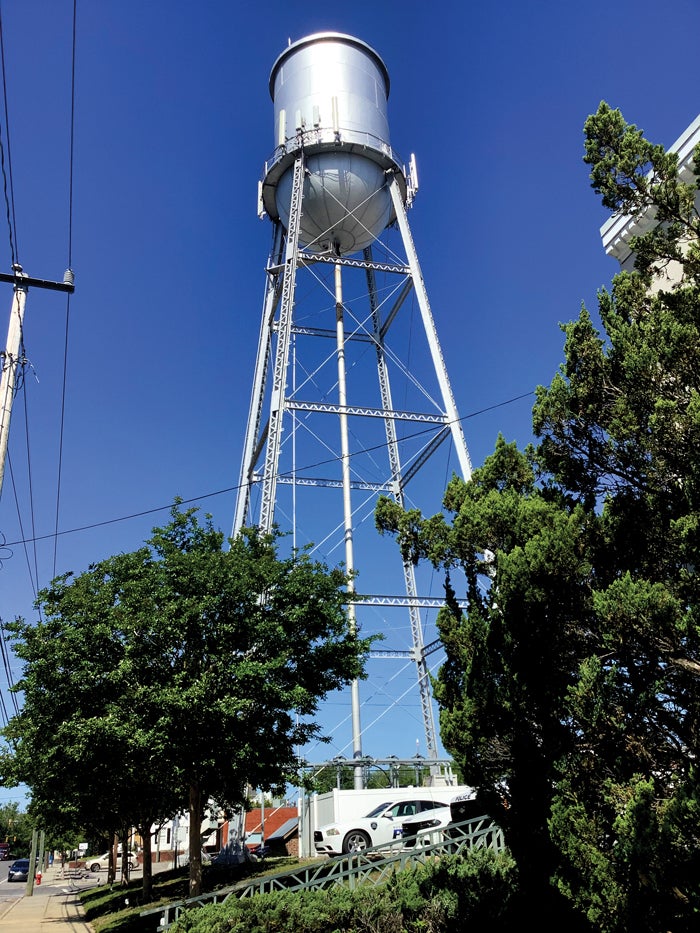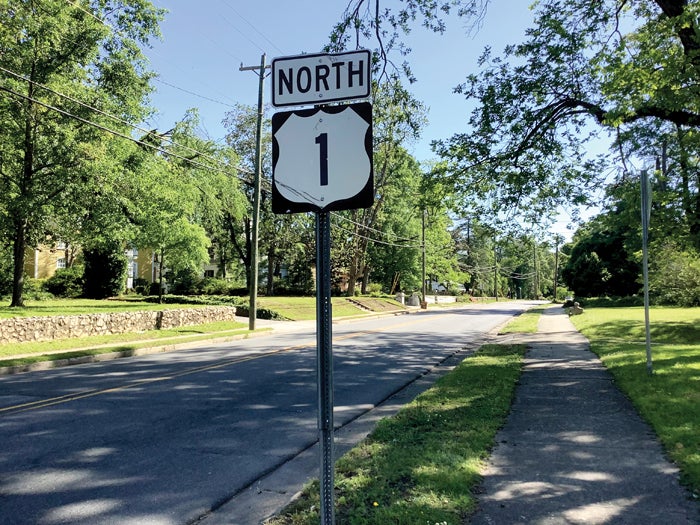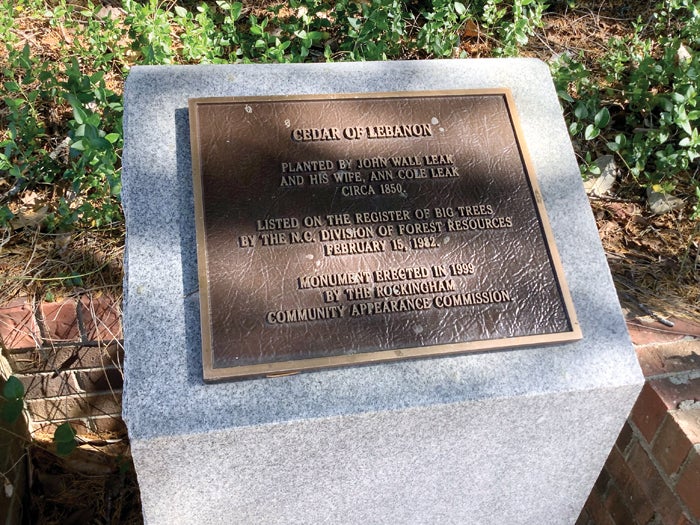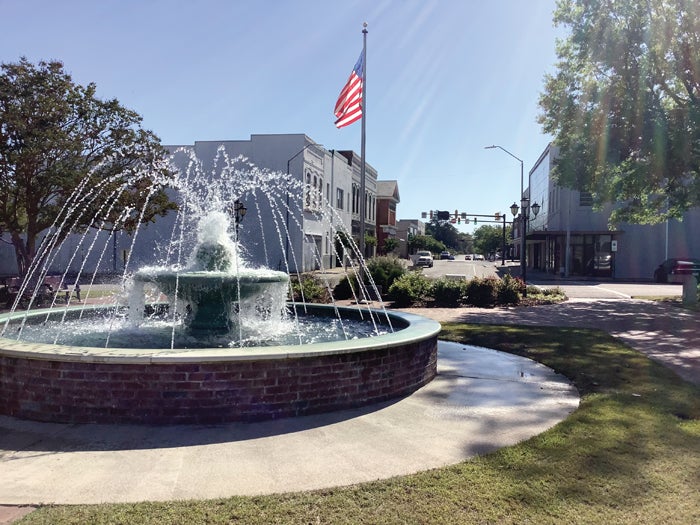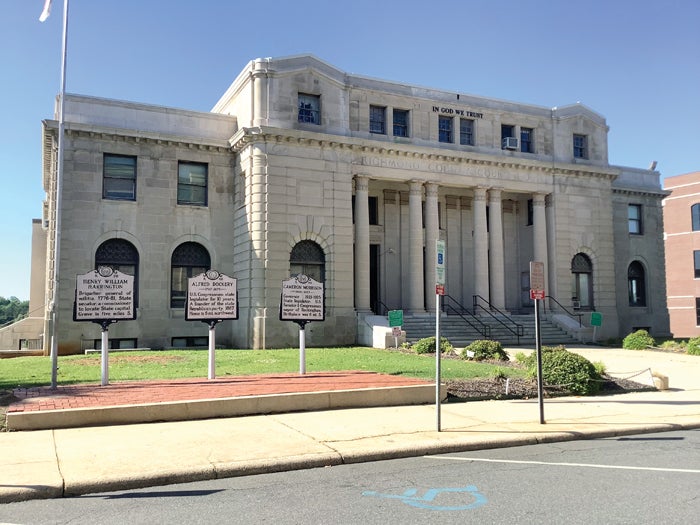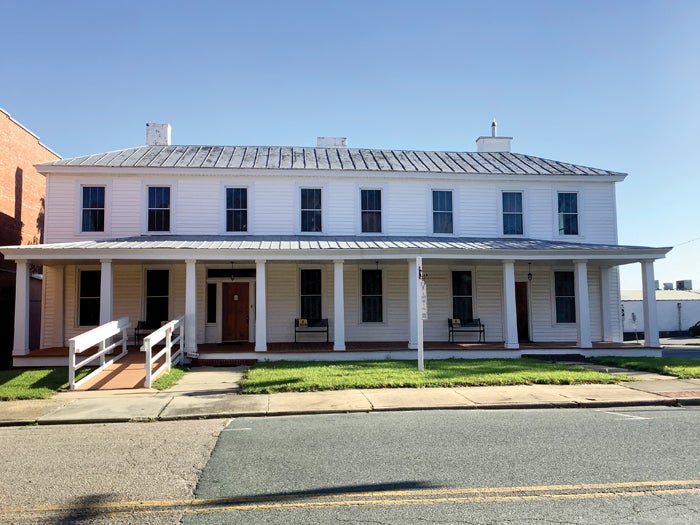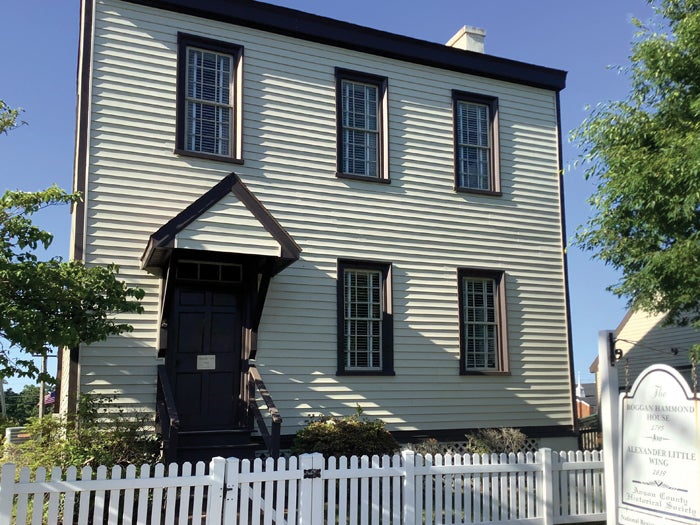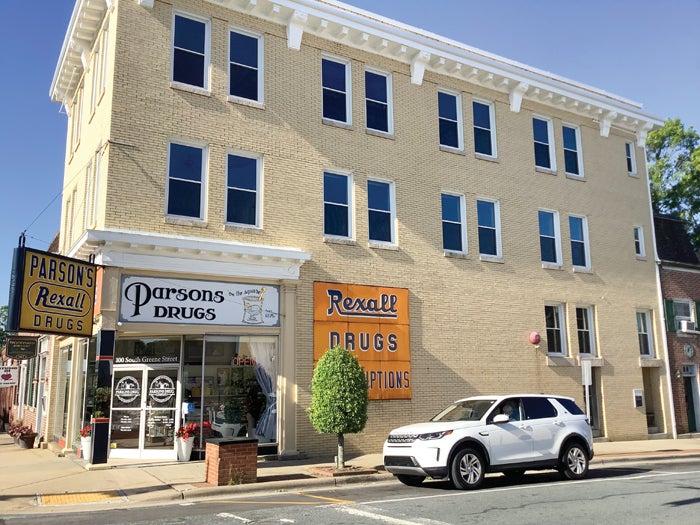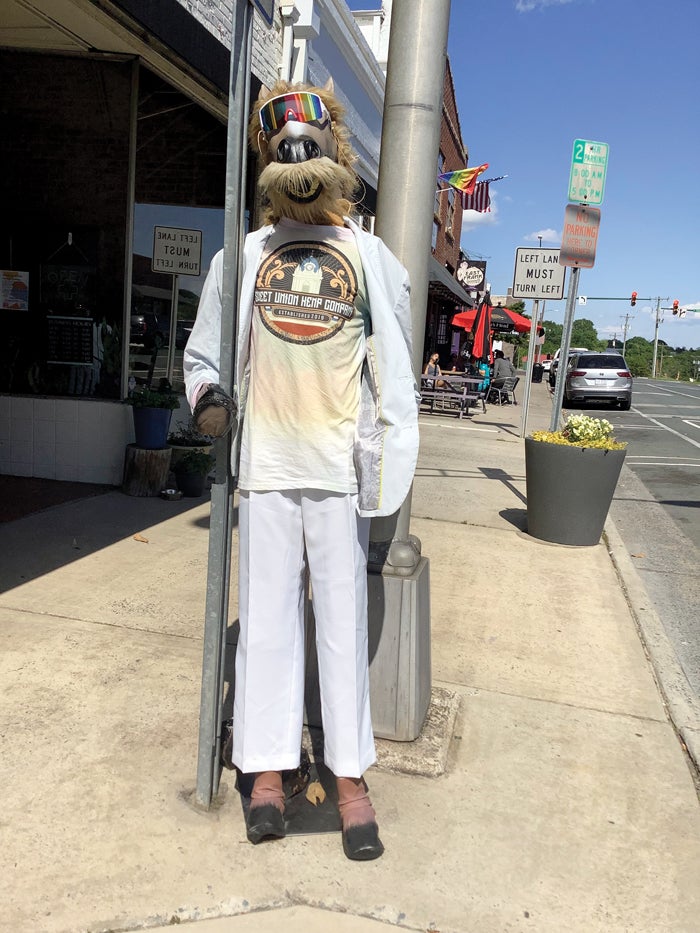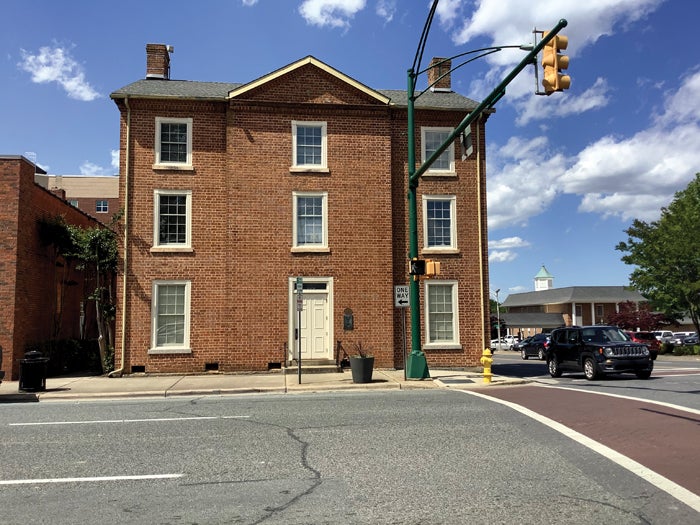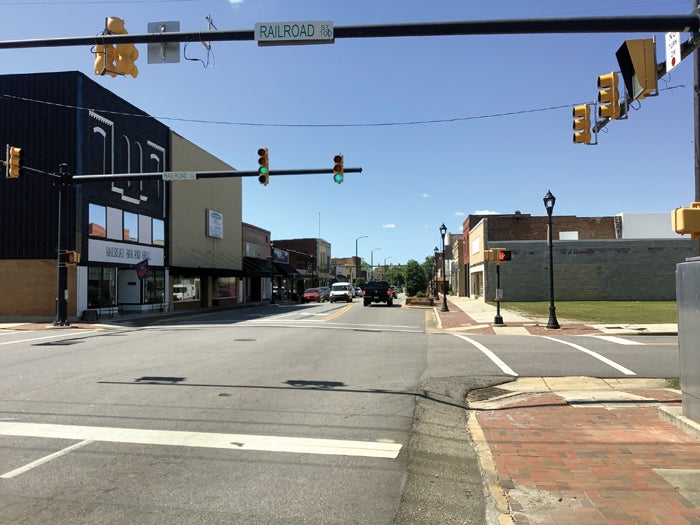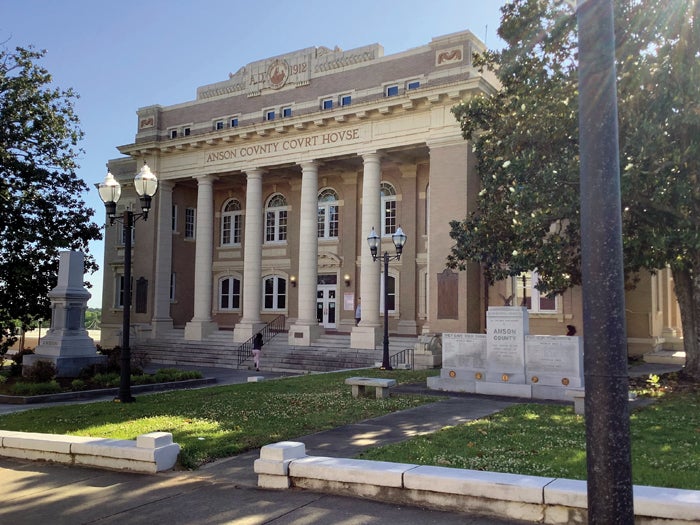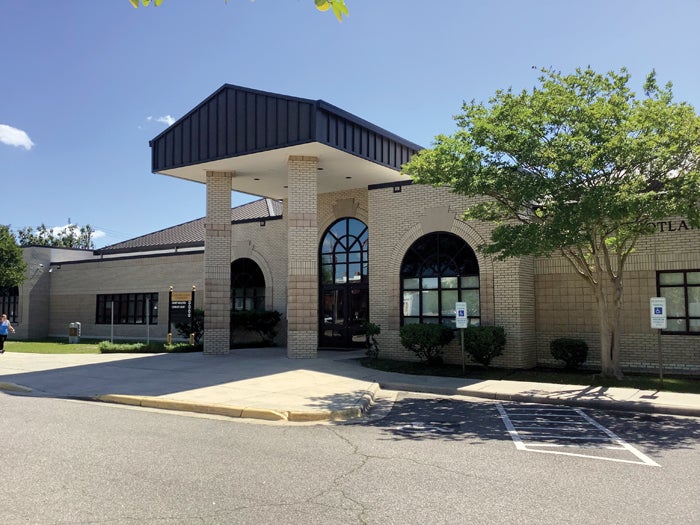Gotta Run: US Highway 74 yields four county seats
Published 12:05 am Saturday, May 6, 2023
Editor’s note: David Freeze is completing a challenge to run in a few miles in every county seat in all 100 N.C. counties. Contact him at david.freeze@ctc.net.
With a tight schedule this week, I was amazed to find four North Carolina county seats within 69 miles on the same road. U.S. 74 was my “road of the day” for Tuesday, May 2.
My first stop was Wadesboro, founded in 1783 as New Town and then changed to Wadesboro in 1787 to honor native son and Revolutionary War commander Colonel Thomas Wade of the local regiment. It’s the county seat of Anson County.
A settlement had grown along the banks of the Pee Dee River, but a more centralized location was needed for the county seat. The new site was found, and 70 acres of land were purchased by Patrick Boggan. Streets were laid out and named for Revolutionary War notables including Generals George Washington, Nathaniel Greene, Daniel Morgan and Griffith Rutherford; Colonels Thomas Wade and William Washington; and Governors Richard Caswell and Alexander Martin.
The most famous event in town history was the 1900 total solar eclipse. Scientists, astronomers and journalists came from around the world to view the event in what they deemed the best location possible. The eclipse lasted about 90 seconds according to one newspaper account. Blind Boy Fuller, a blues guitarist and singer, has his own mural. Father and son, Hoyt Patrick Taylor and Taylor Jr., both served as North Carolina Lieutenant Governors.
Wadesboro has steady heavy truck traffic through downtown, past dozens of historic homes and buildings. The downtown and historic courthouse sits on a knoll looking down to U.S. 74. Prominent and historic buildings in the downtown were Parson’s Drugs, in place since 1875, and H.W. Little and Co. hardware, open since 1894.
My next stop was Rockingham, the county seat of Richmond County. I found a town undergoing a 10-year revitalization plan that has new businesses opening. The first flat town in a while was good for my legs. U.S. 1, the highway that I followed by bike from Maine to Key West in 2014, goes right through one of the prettiest historic districts I’ve seen. A 173-year-old Lebanon cedar tree has its place on the National Register of Big Trees.
The town of Rockingham, founded in 1784, was named for the Marquis of Rockingham, Charles Watson Wentonworth, a strong friend of the Colonies, who was British Prime Minister in 1765. Richmond Community College has a new three-story location across from the old 1923 courthouse. Several stores and bank buildings built just after 1900 highlight the downtown near a fountain on the square which lights up in different colors at night.
I continued east on 74 to Laurinburg, the flattest town yet and the seat of Scotland County. Though not incorporated until 1877, Laurinburg by 1852 was a town that had a saloon, a store, a few shacks and a new private high school. The Wilmington, Charlotte and Rutherfordton Railroad laid tracks through the town, but the first train didn’t arrive until 1861, four years before the railroad’s shops were also moved to Laurinburg in hopes of keeping them safe from the Yankees. The Yankees did burn the depot and the temporary shops, but the shops were rebuilt.
Economic issues that have hurt the town included the Great Depression, low cotton prices, the Belk department store moved away, and Hurricane Florence in 2018. I found the town had most of the storefronts occupied but very little happening and many of the stores closed when their schedules listed that they should be open.
The most famous citizen was Terry Sanford, a World War II paratrooper, N.C. governor and U.S. senator.
My final stop on U.S. 74 was at Monroe, county seat of Union County. Incorporated in 1843, the town was named for James Monroe, our country’s fifth president. I found the blocks around the courthouse to be very busy with traffic and plenty of restaurants, trendy bars and even a bread bakery. I was hungry but resisted the urge to stop in even though the smell was wonderful. The old-style movie theatre was set to show “Jaws” this weekend, complete with an all-you-can-eat popcorn and drink deal. More beautiful old homes were within just a few blocks of the courthouse on the southern side of town.
Most would count U.S. Sen. Jesse Helms as Monroe’s most famous past resident, being born here before becoming a five-term U.S. Senator. I also found that one of the three Black women who became world class mathematicians for NASA and were documented in the fantastic book Hidden Figures and the movie of the same name is also from Monroe. Christine Darden became an aeronautical engineer and the first African American to reach the level of senior executive service, the top rank of federal civil service.
The 1886 Union County Courthouse is one of the biggest I have seen of the grand old courthouses. The middle part was the original building, and the two wings were added in 1922. The old Monroe City Hall was originally built as a jail and is likely the oldest building in town after construction in 1847, although another plaque says 1848.
All the towns were historic and interesting along this portion of U.S. 74, and amazingly close together. My total miles on my feet for the four towns was 6.27, much of it flat. Our county total is now 34, with 66 left to visit. See you back here soon!


